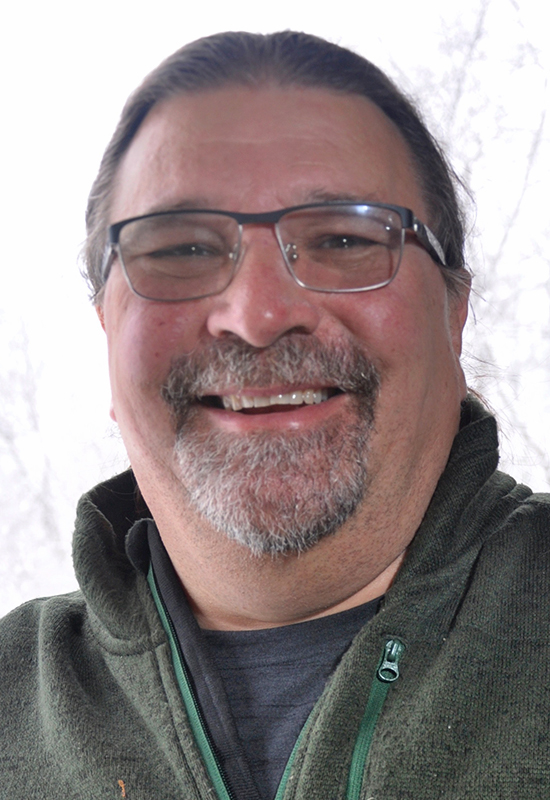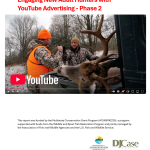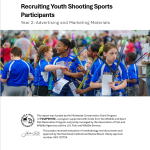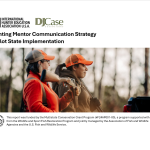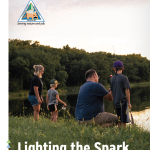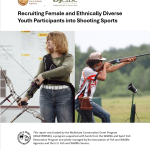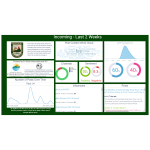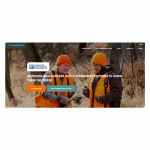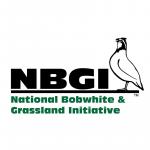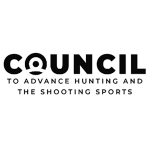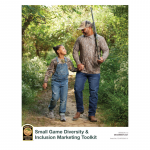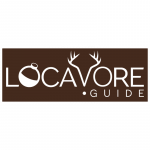Matt Harlow
Engagement Strategist / Project Manager
Since joining DJ Case in 2016, Matt’s passion for marketing communications and his passion for nature have come together to serve our clients and, more importantly, the planet. Matt works with clients to develop messaging and communication strategies and manages projects that engage people in conservation.
Matt’s work centers around landowner relations and marketing efforts to recruit and retain new hunters, anglers, and recreational shooters. He was a major contributor and the project manager for Locavore.Guide, The R3 Practitioner’s Guide, and outdoor skills lessons for Indiana and Missouri. He helped facilitate the first R3 Symposium and regularly works on focus groups, market research, and message testing in the locavore, new adult hunter, mentor, and shooting sports arenas.
In the 30 years prior to joining DJ Case, Matt has helped local, national, and global organizations communicate with audiences to sell products, engage employees and customers, and influence policy. He is a consummate marketer. He has taught college marketing classes and presented to marketing and advertising organizations nationwide. Matt has served as an officer in the American Advertising Federation for over 20 years and held offices at the local, regional, and national levels.
Matt holds an MBA with a marketing emphasis and a B.S. in Marketing from the Fisher College of Business at The Ohio State University, as well as a B.A. in Advertising from The Ohio State University School of Communication.
317 E Jefferson Blvd
Mishawaka, IN 46545
United States
-
Linkedin Profile
